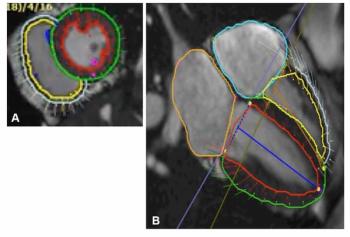
Nap and rest assured of awaking
Evidence long suggested that mortality rates from heart disease tend to be lower in countries where siestas are common. However, studies did not control for other risk factors such as diet, physical activity, and age.
Evidence long suggested that mortality rates from heart disease tend to be lower in countries where siestas are common. However, studies did not control for other risk factors such as diet, physical activity, and age.
A recent study of Greek adults that did control for other risk factors found that midday nappers had a 34% lower risk of dying from heart disease than those who did not take naps (Arch Intern Med 2007;167:296-301).
Men who worked and napped fared better (64% lower risk) than nonworking men who napped (36% lower risk). Among working women, there were too few deaths to allow inferences.
"The public health message is clear-if you can take a midday nap, do so," said senior author Dimitrios Trichopoulos, Ph.D., a professor of cancer prevention and epidemiology at Harvard School of Public Health.
Newsletter
Stay at the forefront of radiology with the Diagnostic Imaging newsletter, delivering the latest news, clinical insights, and imaging advancements for today’s radiologists.


























